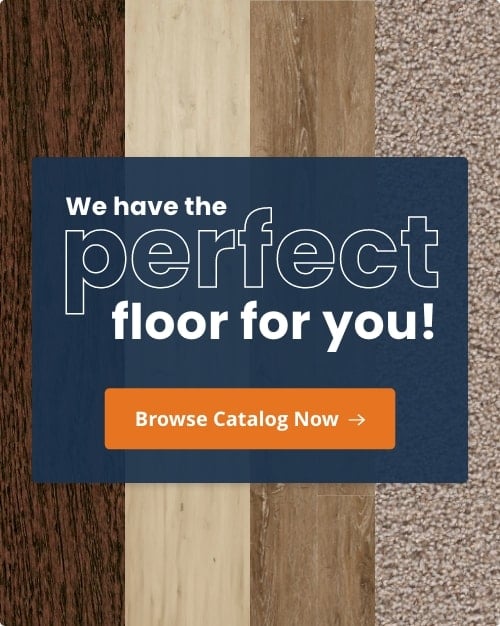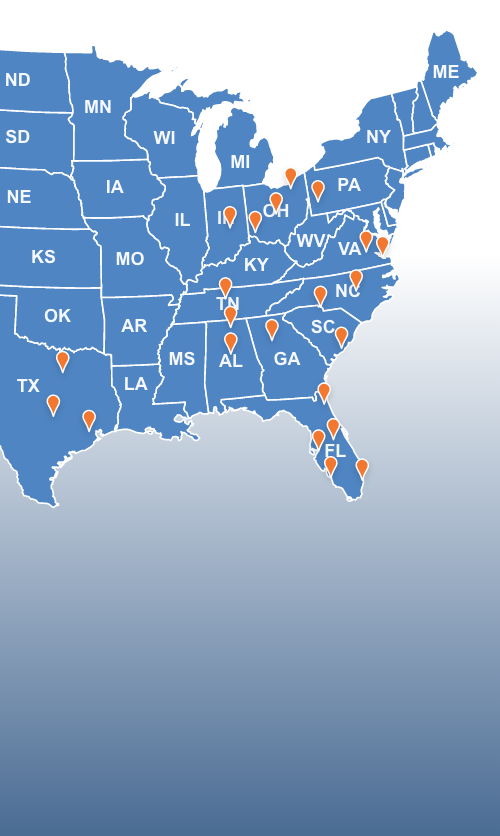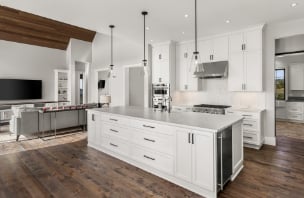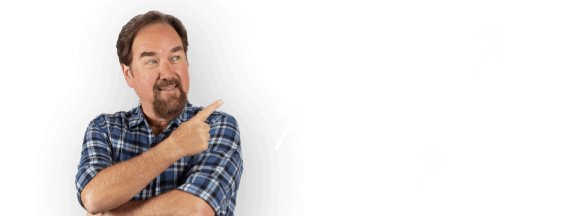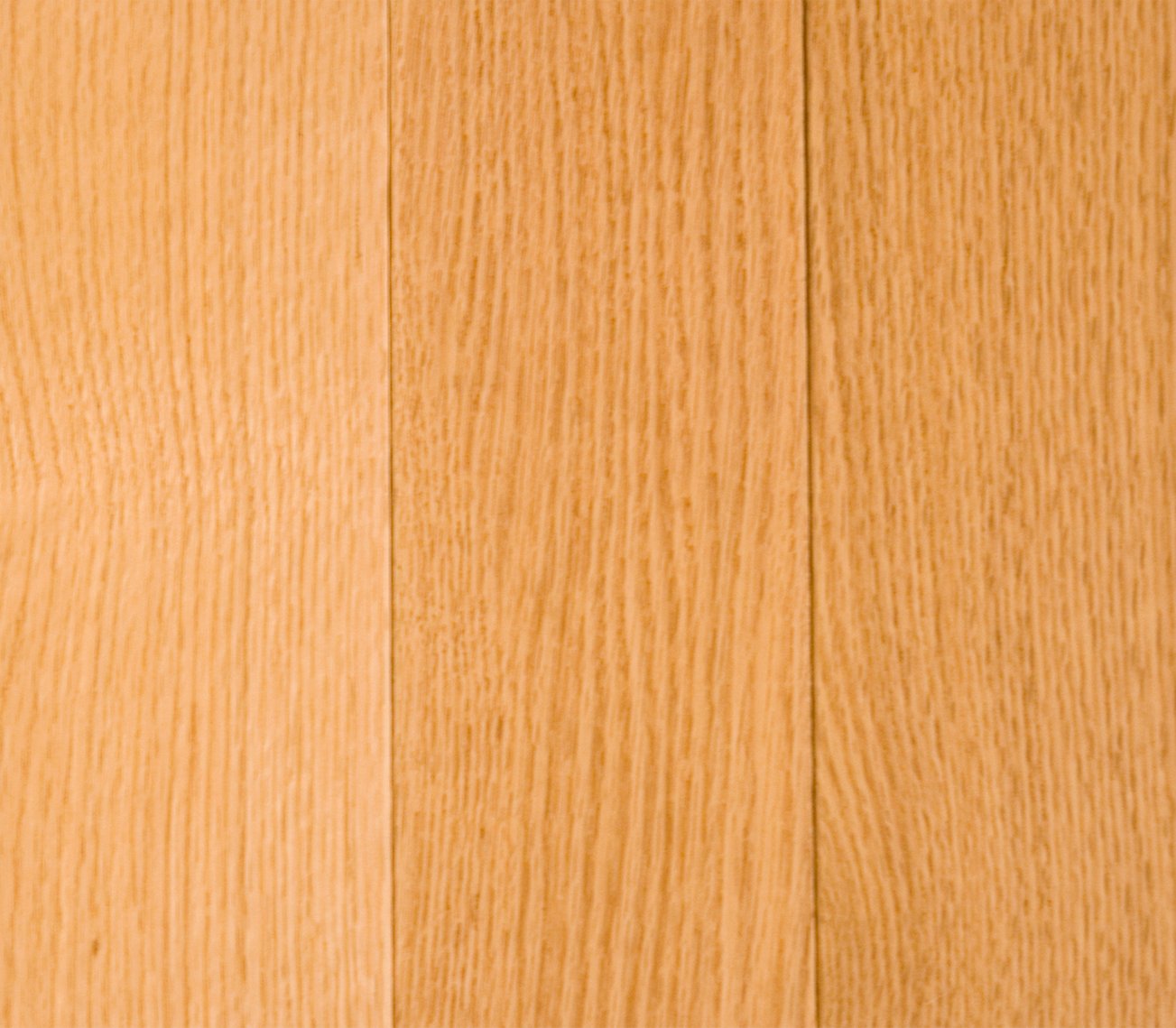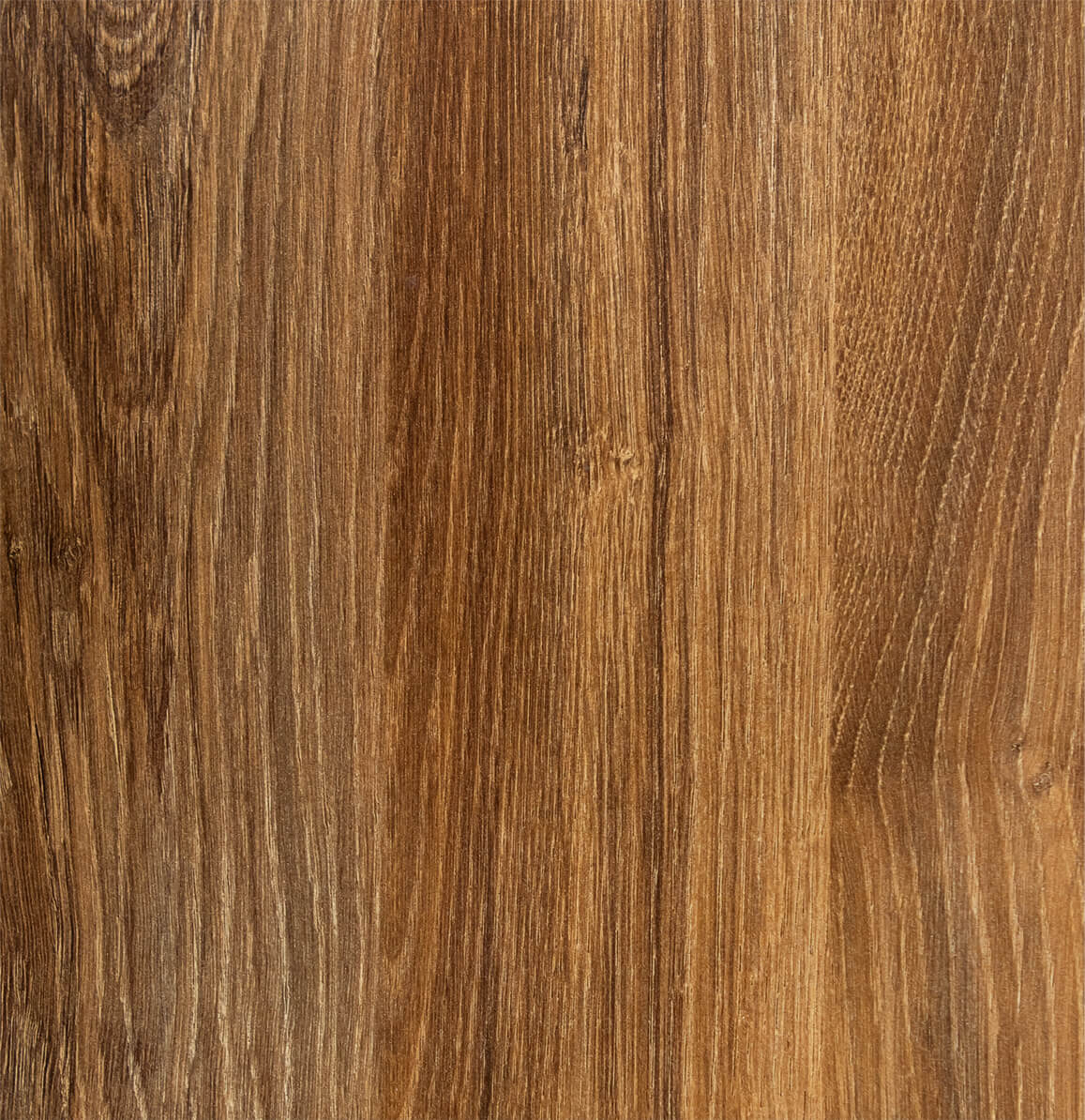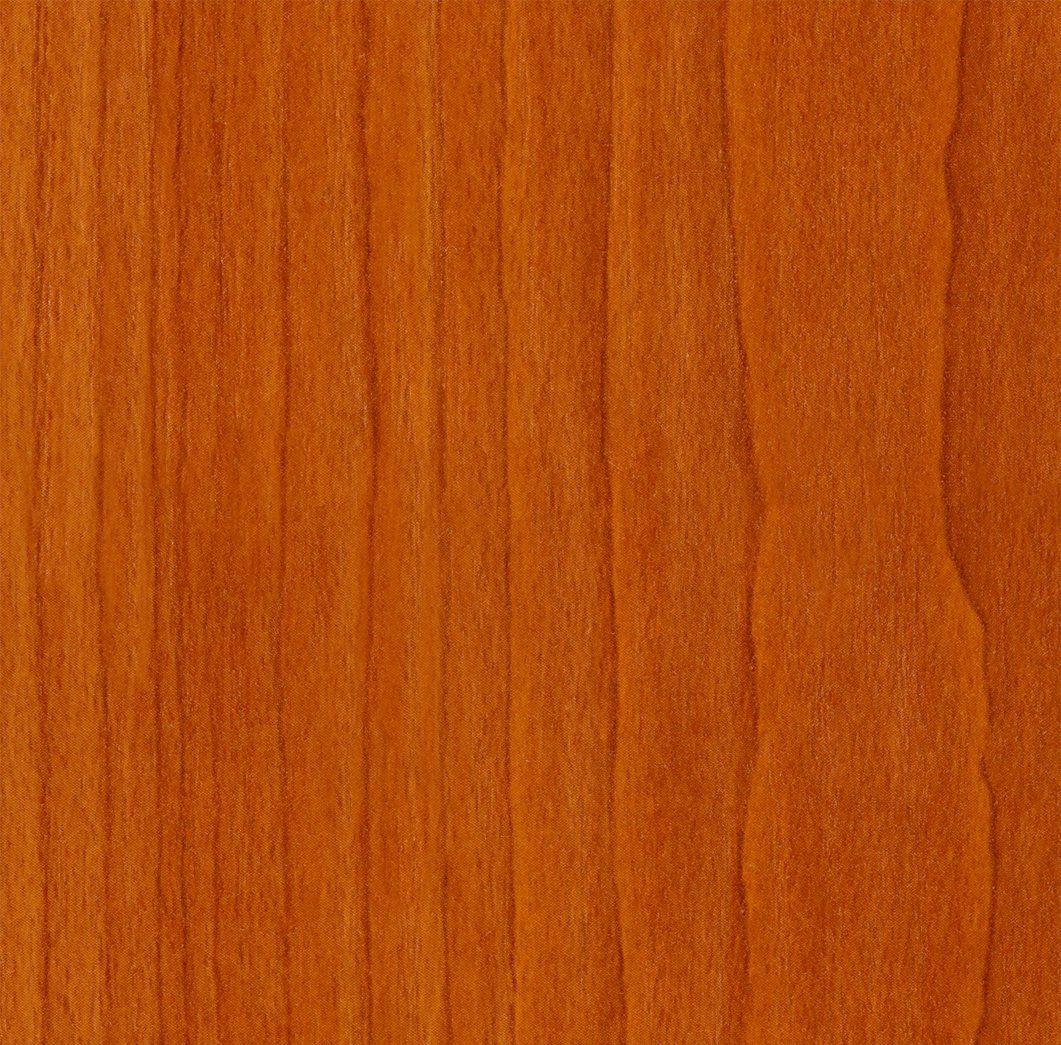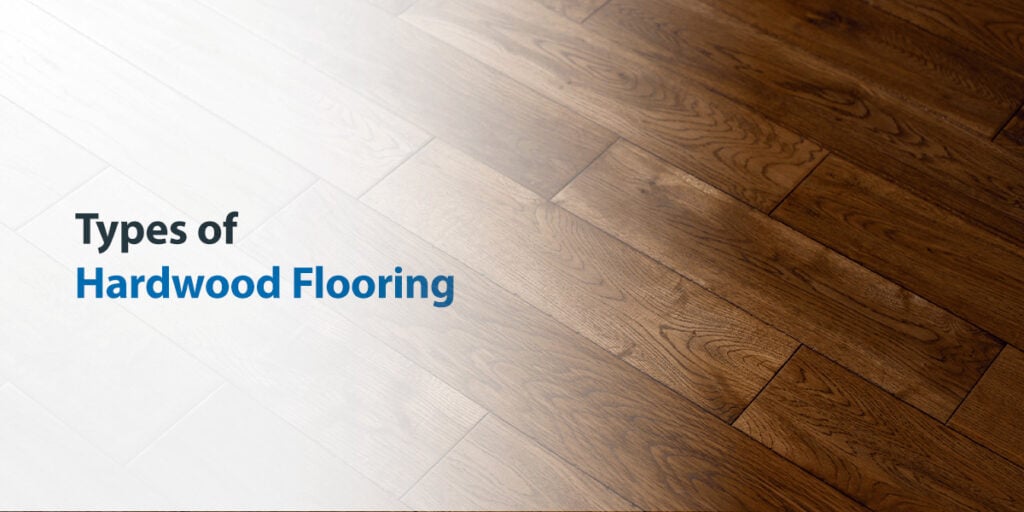
Solid Hardwood Flooring
First, let’s look at the pros of solid hardwood flooring:
Now, here are the cons:
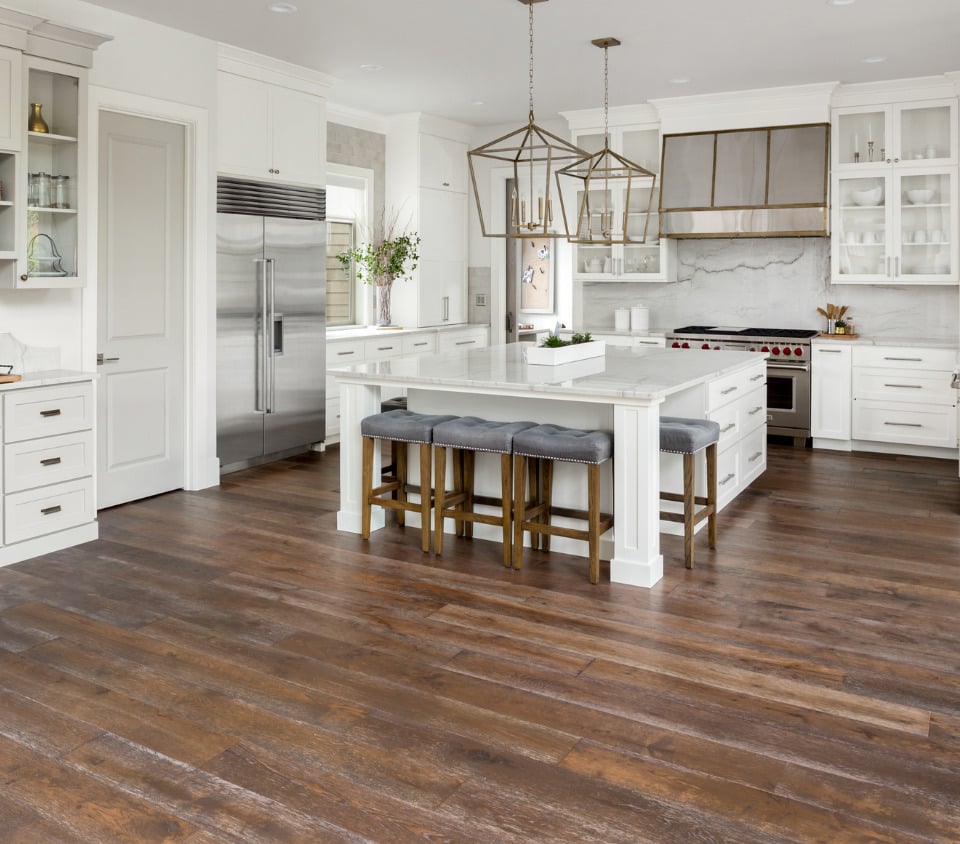
Engineered Hardwood Flooring
Next, let’s explore the advantages of engineered hardwood flooring:
Finally, here are some drawbacks of engineered hardwood:
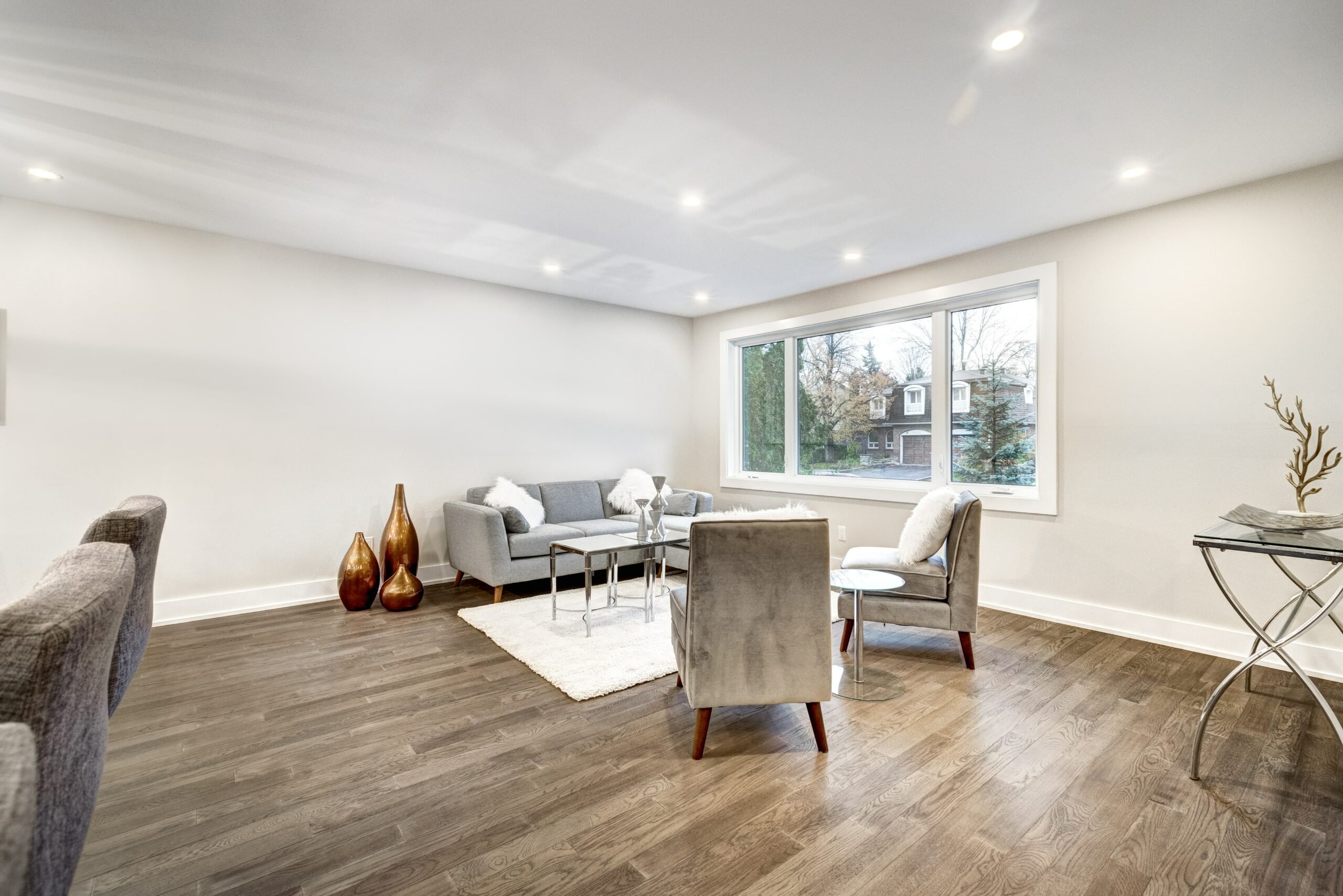
Finished vs. Unfinished Hardwood Flooring
As the name suggests, prefinished floors are finished, sanded and stained before installation. The planks only need to be cut and nailed. Meanwhile, unfinished floors arrive raw and unfinished. The contractor must sand and finish the planks on site after installation.
The main pros of prefinished flooring are:
Meanwhile, here are the benefits of unfinished flooring:

Finishes
Whether you opt for prefinished or unfinished hardwood, you’ll have plenty of options for the finish itself. Here are some popular types of hardwood flooring finishes:



